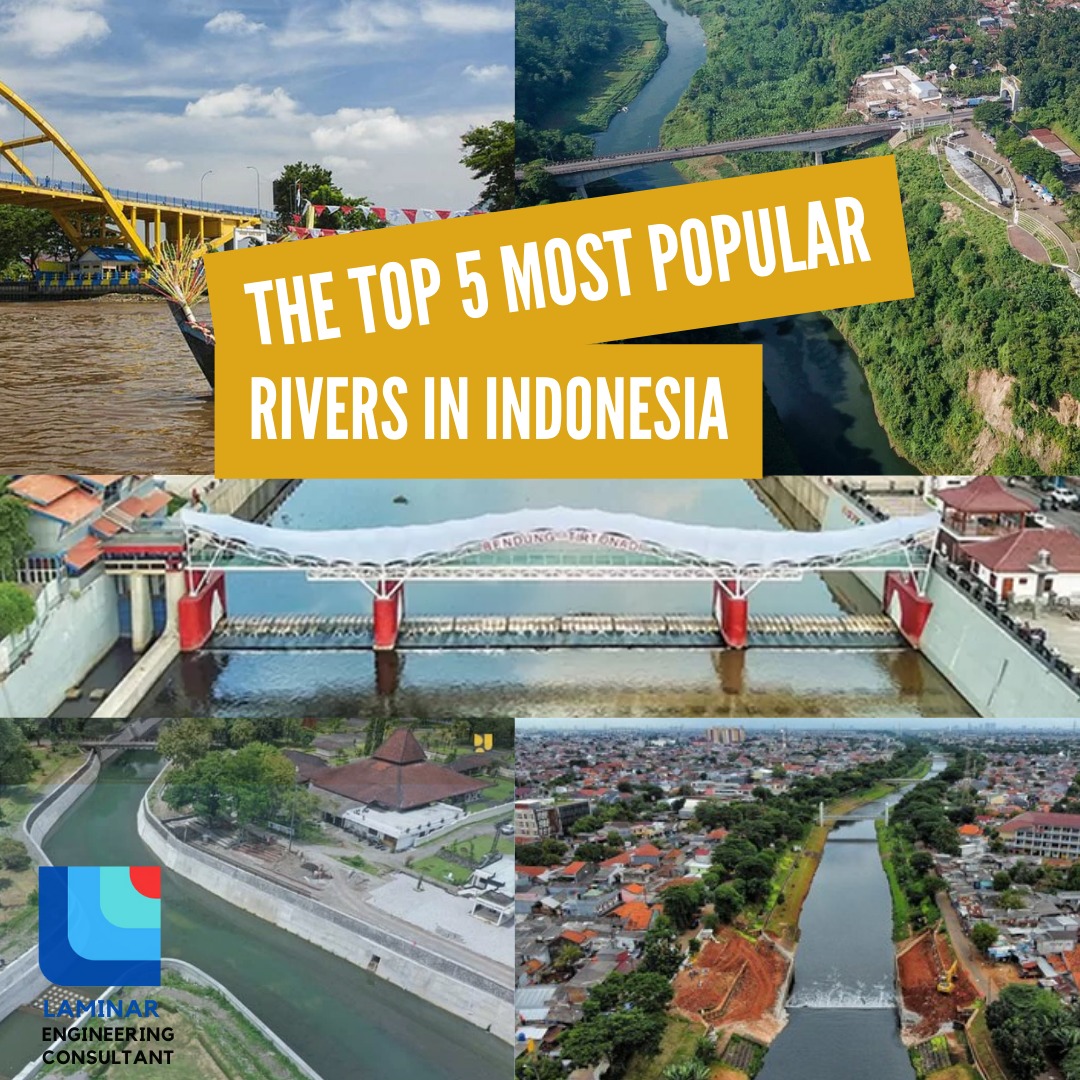Rivers are a vital source of life for communities, ecosystems, and sustainable development. In order to realize environmental awareness, our responsibility as a community is to participate and help the government ensure the sustainability of these rivers as a legacy for future generations. However, various challenges such as pollution, over-exploitation, and flood risks threaten the function and sustainability of rivers in Indonesia. Through commitment and synergy, communities can maintain river sustainability while optimizing benefits for the environment. The following are some of the most famous rivers in Indonesia:
- The Citarum River, located on the island of Java, is known for its strategic importance and its less than ideal reputation as one of the dirtiest rivers in the world. The “Citarum Harum” program initiated by the central government since 2018 aims to revitalize the river and improve the quality of river water.
- The Bengawan Solo River, located on the island of Java, is the longest river in the Java region which is known to be prone to flooding, which has a significant impact on public health, economic activities, and city infrastructure. Various efforts are made to reduce the risk of flooding through information systems and risk assessments.
- The Siak River, located on the island of Sumatra, is one of the deepest rivers in Indonesia. This river plays an important role in the development of riverbank areas in Pekanbaru, helping tourism and local community activities.
- The Ciliwung River, located on the island of Java, precisely in the city of Jakarta, is one of the main rivers flowing through Jakarta, which is often associated with flooding problems. Efforts to manage flood risk include the implementation of an early warning system and lake rehabilitation.
- The Opak River, located in Yogyakarta, precisely from Mount Merapi and flows along the south coast. This river also supports the conservation of various reptile species and is an important natural habitat in the local area.
The role of each individual, both the general public and construction workers, is very important in helping to manage and preserve rivers as a source of life and integration of development. Protecting rivers means protecting the future, with real steps such as implementing environmentally friendly technology, supporting sustainable river management policies, and reducing waste, will encourage the creation of harmony between nature conservation and development. Let’s together make rivers in Indonesia a symbol of beauty, prosperity and sustainability.

